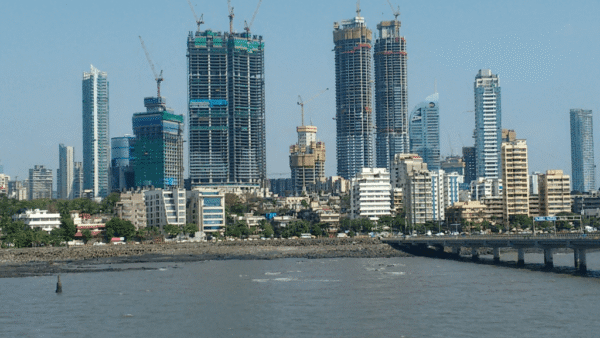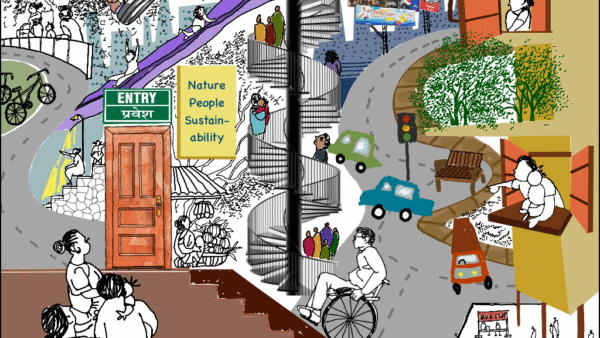India’s real estate sector is at a transforming point as the demand for sustainable and green buildings rises. The shift towards sustainability is to reduce the country’s carbon footprint while building a resilient and future-ready infrastructure that optimises resources, lowers operational costs, and improves the overall quality of life. The concept of green and Net-Zero living is gaining momentum but it still represents only a small fraction of the country’s total annual building stock. This is despite the significant push from government initiatives, certification bodies such as the Indian Green Building Council (IGBC) of the Confederation of Indian Industry (CII) and Green Rating for Integrated Habitat Assessment (GRIHA), and increasing consumer awareness of energy-efficient and resource-conscious homes.
The green building rating system has played a pivotal role in advancing green and sustainability principles over the years. Since its inception in early 2000s, the IGBC has been at the forefront of India’s green building movement. Its headquarters, CII Sohrabji Godrej Green Business Centre in HITEC City, Hyderabad, was India’s first Platinum-rated green building and the third in the world – a successful public-private partnership model. It was designed to maximise energy and water saving through various active and passive design means and consider the environmental setting it was in.
What started with a single green building in Hyderabad in 2001 has now grown into a nation-wide movement, with over 15,000 projects registered under the IGBC, spanning a total footprint of more than 13 billion square feet – second in the world. Yet, a lot remains to be achieved given India’s commitment on the global stage about Net Zero emissions and sustainability.
Growing but limited penetration
Despite the growing awareness and increasing number of green building certifications, India’s sustainable building footprint remains a small fraction of its total buildings and built environment landscape. A major reason for this is the slow adoption of the green building framework since the early 2000s. For years, green buildings have been perceived as an expensive and niche concept rather than an essential part of the mainstream construction industry. Many stakeholders were hesitant to adopt the principles largely due to the misconception that it would lead to higher initial construction costs.
Industry bodies like the IGBC and GRIHA have helped to address this. Through awareness campaigns, workshops, and industry collaborations, they have tried to inspire developers and homebuyers on the economic and environmental advantages of sustainable buildings. Additionally, there was a limited availability of green building materials and technologies when the IGBC headquarters was under construction in 2001. Most sustainable construction materials such as high-performance glass, paint with low Volatile Organic Compounds (VOCs) and recycled building materials, to cite a few, were not readily accessible and were expensive due to limited demand. This challenge needed to be addressed. The CII introduced the GreenPro certification to ease the access to sustainable materials.[1]
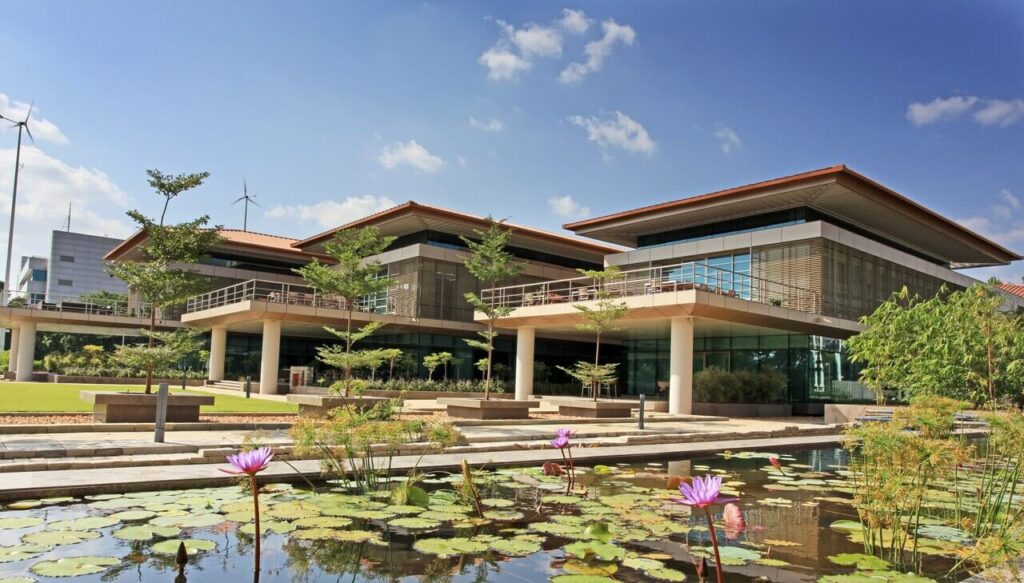
This eco-labeling system has over 10,000 certified environmentally responsive products from which consumers and developers can choose. These GreenPro-certified products, ranging from construction materials to electrical appliances, are now available through an online catalogue making it easier for builders to incorporate sustainability into their projects. The growing availability of certified green materials, combined with financial incentives and policy support, is gradually increasing the adoption of green buildings in India which went from around 20,000 square feet in 2004 to over 13 billion square feet in all.
India’s National Building Code
A powerful instrument to encourage and facilitate the wider adoption of green buildings is India’s National Building Code (NBC). First published in 1970, the NBC has been through several iterations and was last updated in 2016. It mainly contains administrative regulations, development control rules and general building requirements; fire safety requirements; stipulations regarding materials, structural design and construction (including building safety); building and plumbing services; approach to sustainability; and asset and facility management.[3]
The NBC is helping integrate sustainability into the country’s construction sector. Chapter 11 of the NBC specifically focuses on green buildings, incorporating guidelines that encourage the adoption of energy-efficient, water-efficient, and environmentally responsible design principles. These guidelines serve as a benchmark for the Indian construction industry, guiding developers on best practices for creating sustainable infrastructure. But the NBC is not a mandatory document, it is a model for states to develop local byelaws. It is now in advanced stages of formulation and the Energy Conservation and Sustainable Building Code, revised in 2024, also gives an additional impetus.
The green building movement has influential figures like the late Dr Prem C. Jain; I too have contributed to bring stakeholders of buildings and the built environment to work together towards ensuring that sustainability became a core part of India’s construction standards. The NBC guidelines are publicised and frequently updated to reflect advancements in green building technology. The guidelines, clear and standardised for the country, have meant that green buildings and sustainability are not an afterthought but a fundamental component of building design itself.
This has helped accelerate green building practices in the construction industry from what was in 2004 to nearly 13 billion square feet two decades later. With more developers willing to adhere to the green building codes, sustainable construction can become the norm rather than the exception. The federal nature of our governance means they cannot be made mandatory but there can be an environment created so that they are widely followed.
Green building adoption – a shared responsibility
The responsibility of expanding India’s green and net zero building movement does not rest on a single entity, it is a collective effort involving multiple stakeholders. Developers, architects, civil engineers, MEP (Mechanical, Electrical, and Plumbing) consultants, green building consultants, urban planners, suppliers, and policymakers all play a critical role in ensuring that green practices are implemented at scale. Real estate builders and construction industry organisations such as Confederation of Real Estate Developers Associations of India (CREDAI) and National Real Estate Development Council (NAREDCO) play an important role. Leading builders and corporates are increasingly going for green building certification; this has been strengthened by the incentives from state governments and local bodies in various cities.
At the core of this is the IGBC’s rating system, which has been developed through the collective expertise of industry professionals. It is voluntary, consensus-based, and market-driven allowing stakeholders to actively participate in shaping the future of sustainable construction in India. This approach has led to rapid growth with over 15,040 green building projects registered across the country, covering a total footprint of over 13 billion square feet. Today, buildings cannot operate into silos and are closely intertwined with the surrounding built environment.
The IGBC developed over 32 ratings for all asset classes of buildings and built environment corresponding to infrastructure such as campuses, townships, railways, factories, metro rails, green cities and more. With different rating systems that cut across all categories of buildings and built environments, it has well-defined standards and guidelines to steer companies and communities towards green practices. All the rating systems are based on the five elements of nature (Pancha Bhutas), a perfect blend of ancient architectural practices and modern technological innovations. The ratings systems are applicable to all five climatic zones of India.
With nearly 70 percent of India’s buildings and built environment to be built by 2070, there is an immense opportunity to embed sustainability into future construction. The IGBC has taken the lead in guiding developers on how every building typology—be it residential, commercial, industrial, or public infrastructure—can be designed and built in a sustainable way. It has also introduced Green Cities and Township Ratings, ensuring that both greenfield and brownfield developments integrate sustainable practices. By focusing on energy efficiency, water conservation, sustainable mobility, and waste management, these rating systems help entire urban ecosystems transition to greener and more livable spaces.
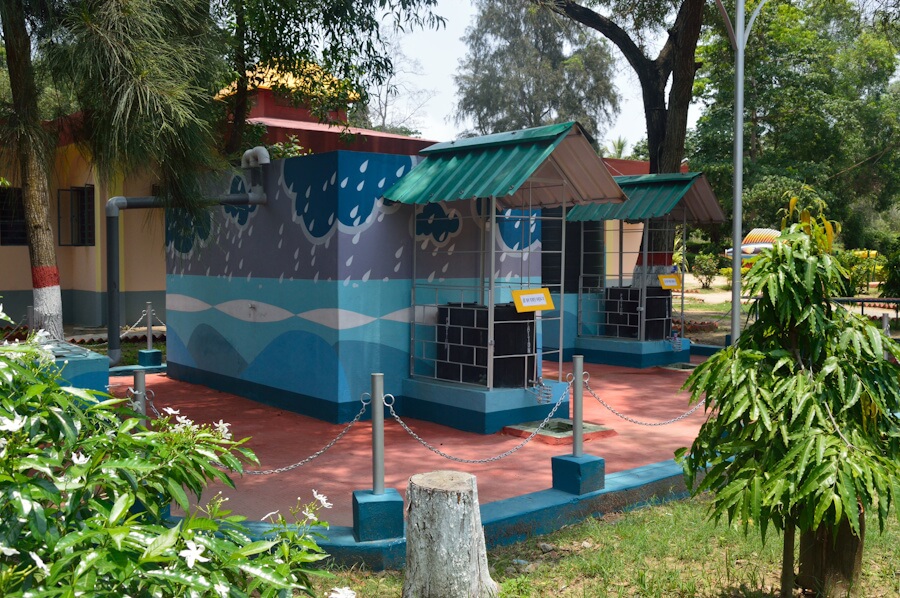
A paradigm shift to green living
Green buildings offer a range of tangible and intangible benefits. They contribute to financial savings, better resource management, improved health, and enhanced environmental sustainability. Listed below are some of the benefits:
Tangible Benefits
Reduction in energy and water bills: Green buildings save 30 to 50 percent water compared to conventional ones, translating into Rs500–Rs1,000 savings per home per month. Energy savings of 20–30 percent result in Rs300–Rs700 per home per month in reduced electricity costs.
Attractive payback period: Though built at a negligible premium, operational savings from reduced resource consumption often balance initial investments. This has to be appreciated by all stakeholders.
Better resource management and operations: Equipped with smart meters, dashboards, and efficient waste and water systems, green buildings enable resource conservation and operational efficiency, fostering greener lifestyles and communities.
Reduced dependency on municipal resources: Efficient energy, waste, and water systems reduce the demand for municipal services like electricity, garbage management, and water supply leading to lower maintenance costs and better services.
Higher property appreciation: Built with future-ready materials and technologies, green buildings ensure superior quality, longevity, and higher appreciation compared to conventional assets.
Intangible Benefits
Improved Indoor Air Quality (IAQ): Promotes low-VOC materials and non-toxic finishes to ensure healthier indoor environments free from harmful pollutants.
Mitigation of Sick Building Syndrome (SBS): Reduces SBS symptoms like respiratory issues, fatigue, and skin irritation through better air quality and ventilation.
Heat Island Effect mitigation: Incorporates green roofs, vegetated walls, and urban green spaces to reduce heat absorption and lower urban temperatures.
Universal design and accessibility: Ensures inclusivity with features like ramps, wide corridors, and sensory-friendly elements, making spaces accessible to people of all abilities.
Improved work environment: Provides better ventilation and daylighting, reducing eye strain, enhancing visual comfort, and improving air quality for healthier, more productive spaces.
Green buildings and Net Zero future
As India moves toward achieving Net Zero carbon emissions by 2070, the IGBC is spearheading the transition by promoting Net Zero buildings—structures designed to balance energy, water, and waste consumption through renewable energy and resource-efficient technologies.
Under this mission, more than 350 organisations in India’s real estate sector have pledged to transform their operations to achieve Net Zero status. This mission drives the widespread adoption of energy-efficient designs, carbon-neutral materials, and renewable energy integration, helping developers decarbonise the construction process while significantly reducing operational emissions. With India’s global commitment for achieving Net Zero Carbon by 2070, it is imperative that all governments – at centre, states and local levels – construction departments, builders, developers, corporates, construction entities and building material manufacturers and product developers and all professionals and services providing agencies fall in line from 2025 with immediate, short and long-term goals. Phenomenal capacity and capability building programmes are to be adopted for increased awareness, appreciation and application efforts at all levels and all sectors.
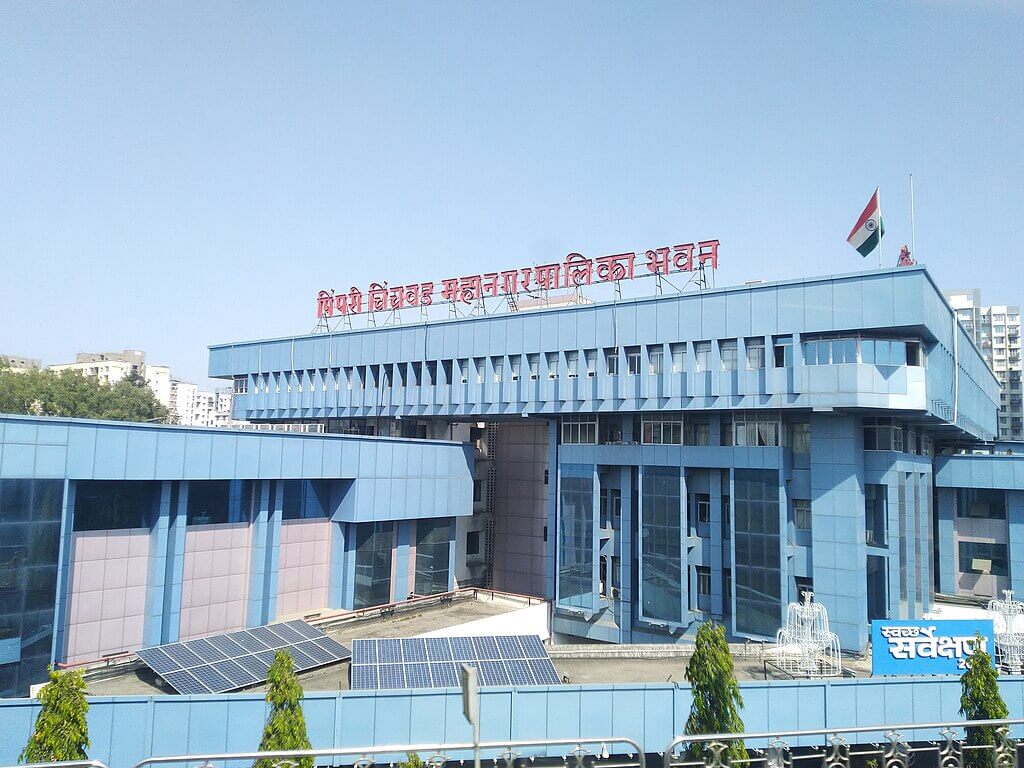
The IGBC’s Net Zero Rating System provides a comprehensive framework for sustainability across four critical areas:
- Net Zero Energy – Ensuring buildings generate as much energy as they consume through solar, wind, and other renewable sources.
- Net Zero Water – Achieving water neutrality through rainwater harvesting, greywater recycling, and water-efficient fixtures.
- Net Zero Waste to Landfill – Reducing landfill dependency by promoting waste segregation, composting, and recycling initiatives.
- Net Zero Carbon – Offsetting carbon footprints through afforestation, carbon trading, and sustainable transportation solutions.
With a clear vision to position India’s construction or building sector as a global leader in sustainability by 2050, India’s green building rating systems is creating a national movement on Net Zero by engaging policymakers, corporates, and academia, sharing knowledge with stakeholders, and building professional capacity to drive large-scale carbon reduction. The adoption of eco-labeled and energy-efficient technologies will play a crucial role in achieving this ambitious goal. Recognising the benefits accruing to the built environment and larger ecological systems, many states have come up with many incentives at the state and city level for providing additions to built up area for FAR/ FSI, speedier processing for Environmental Impact Assessment (EIA), reduction in development charges, reduction in tariffs for water and energy and reduction in stamp duty and property tax for encouraging all to adopt the green path. Financial Institutions also have come up with reduction in interest rates for housing and building loans for green buildings.
While the adoption of green buildings in India has grown, there is still a long road ahead to make sustainability the norm. The initial challenges of awareness and material availability have been largely addressed through IGBC’s persistent efforts in education, policy advocacy, and the introduction of GreenPro-certified products. The NBC’s green building chapter has further strengthened sustainability practices by providing standardised guidelines for developers.
However, the responsibility of scaling up green buildings is a shared responsibility. Every stakeholder in the buildings and built environment sector has to participate. With India still in the process of building much of its future infrastructure, integrating sustainability into new developments is both an opportunity and a necessity.
The future of India’s cities and communities lies in adopting green and moving towards Net Zero strategies to ensure that urbanisation does not come at the cost of the environment.
V Suresh is Chairperson (Policy, Advocacy and Government Relations) of the Indian Green Buildings Council and of the National Building Code of India. He is the former Chairperson and Managing Director of HUDCO, President – Emeritus of the Forum of Critical Utility Services, President of the Good Governance India Foundation / Municipalika. He is also the former National President of NAREDCO and the Indian Buildings Congress.
Photos: Wikimedia Commons



